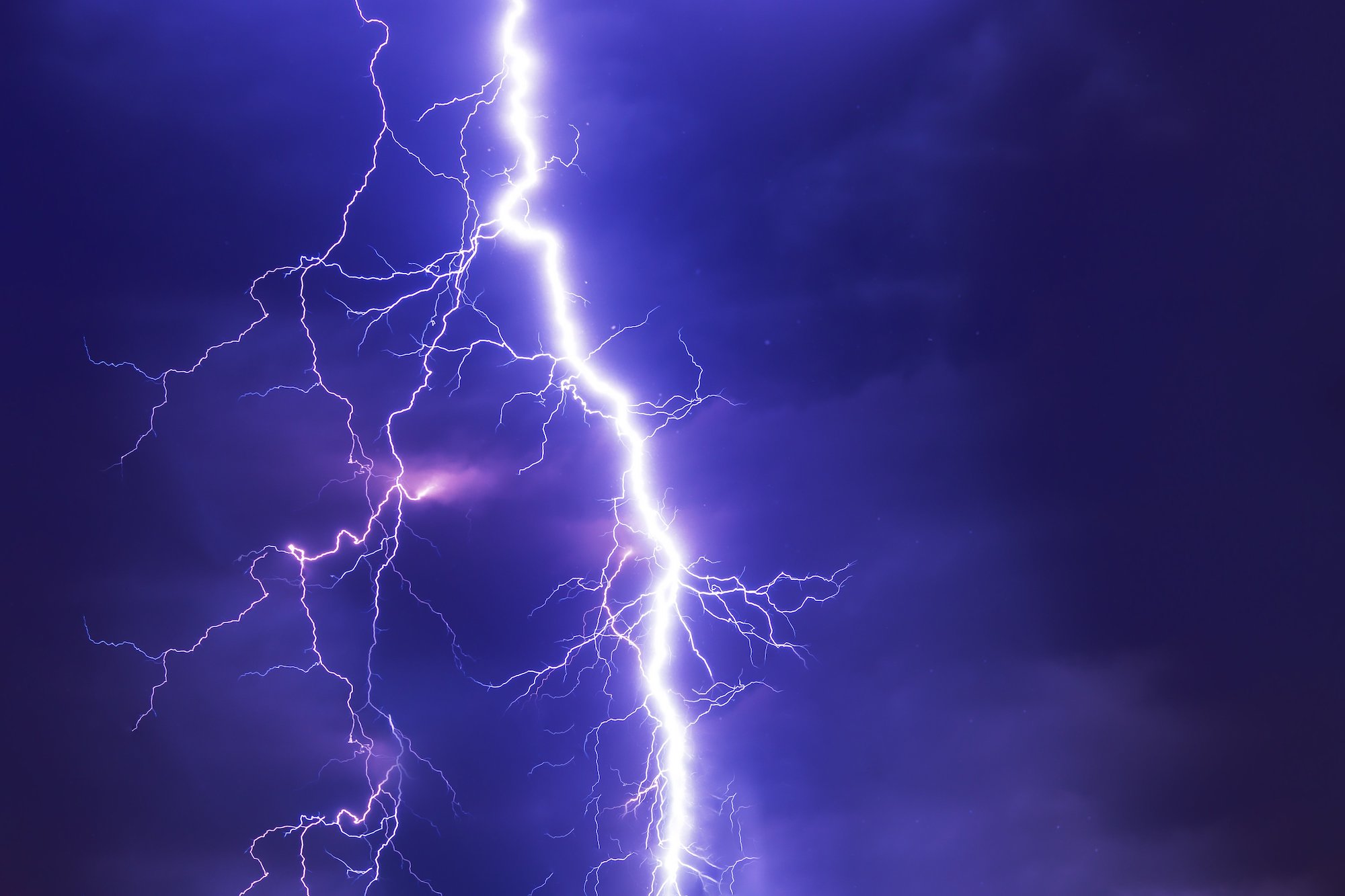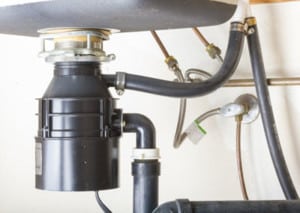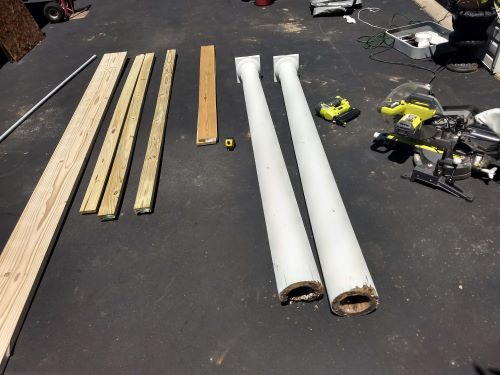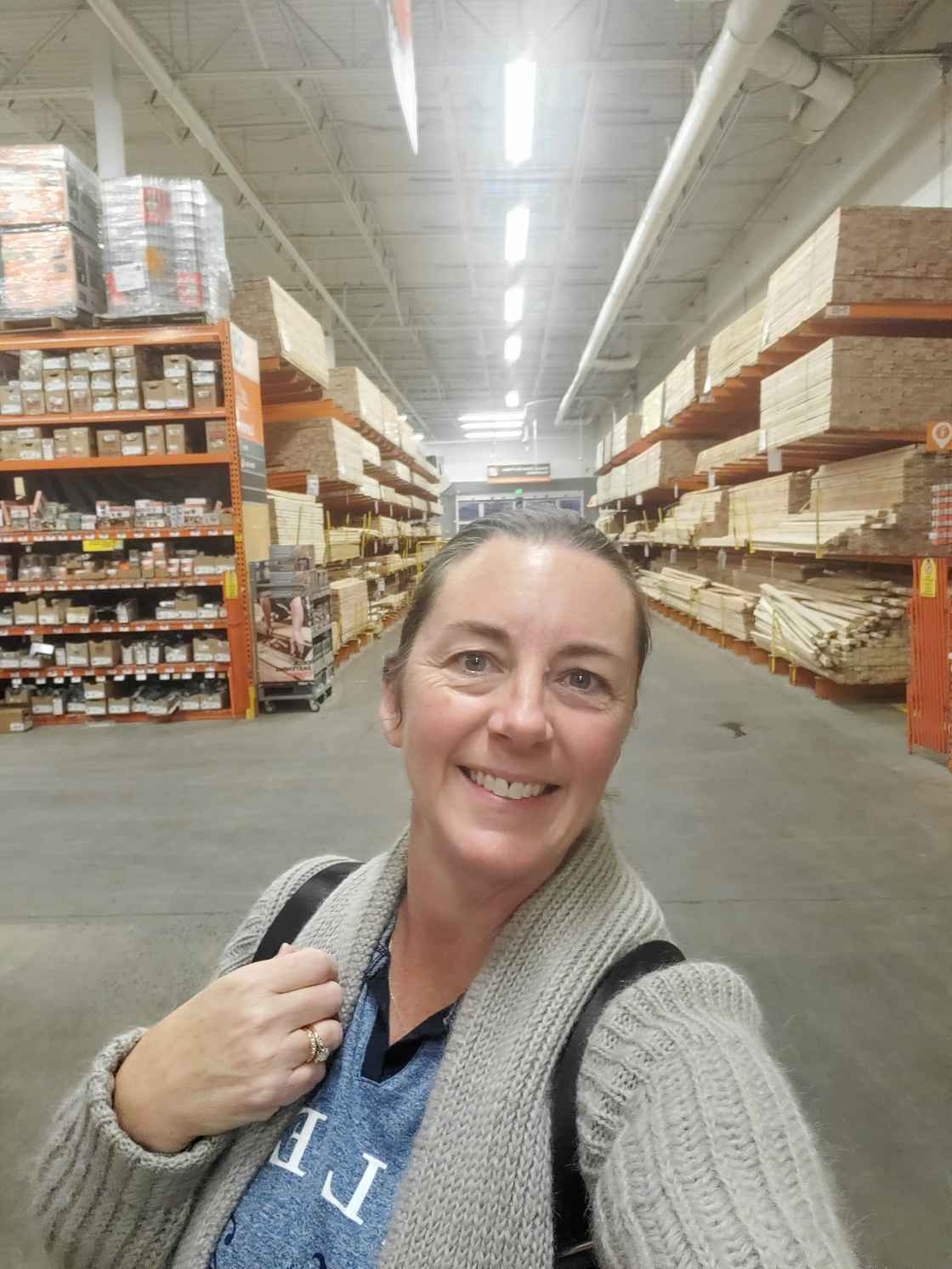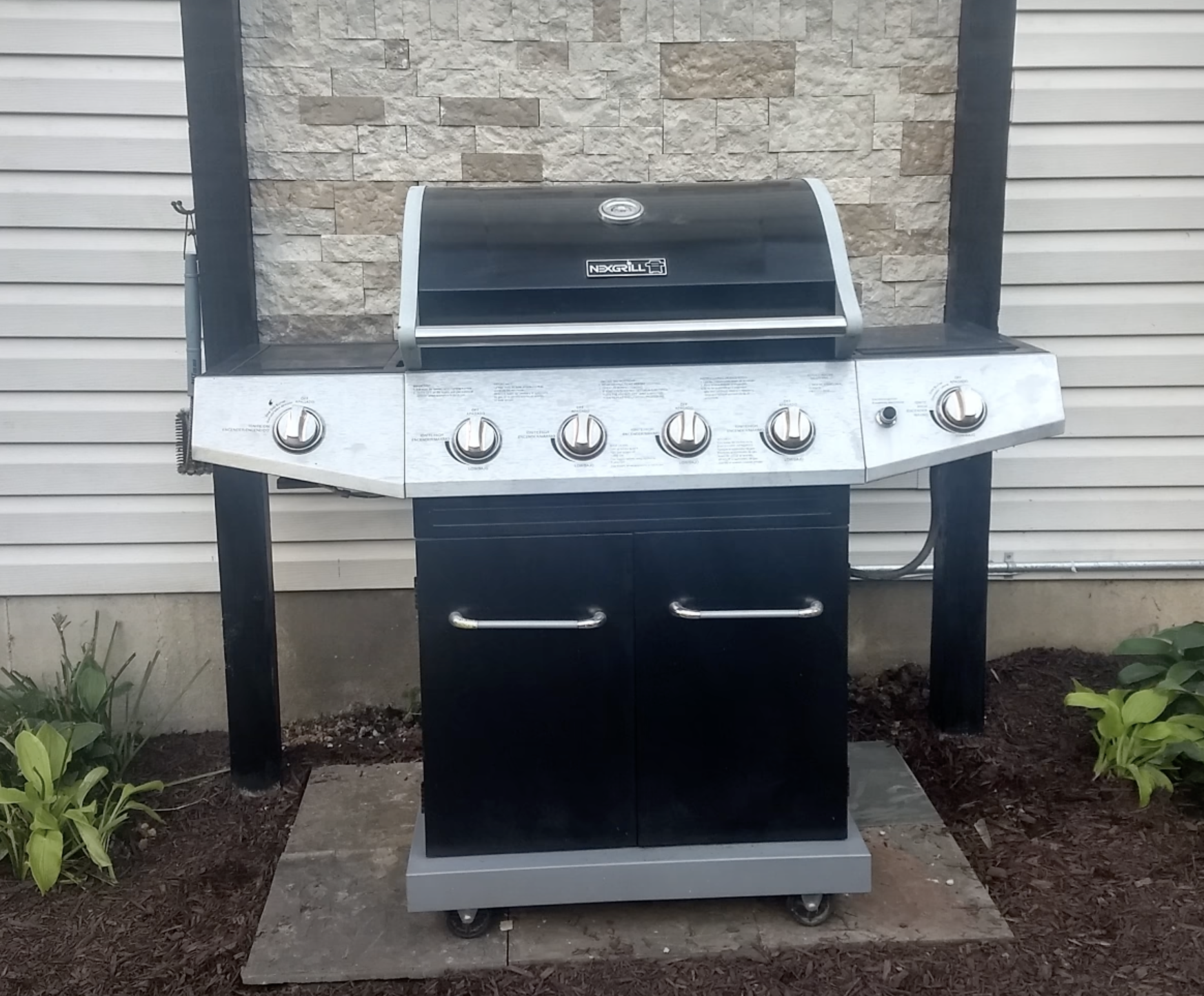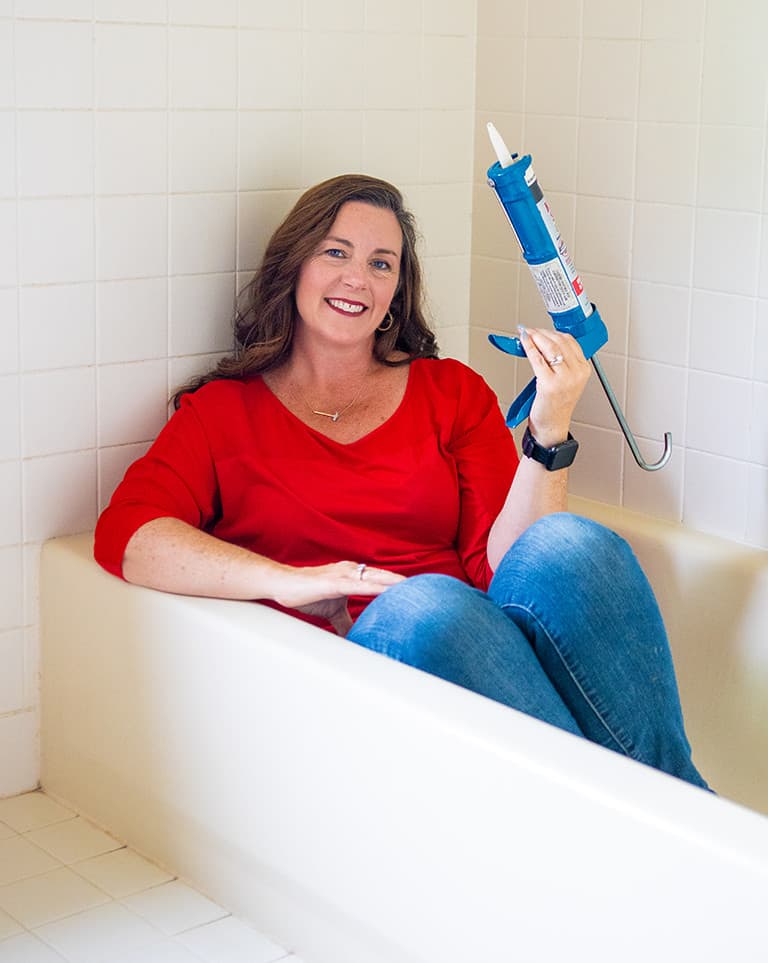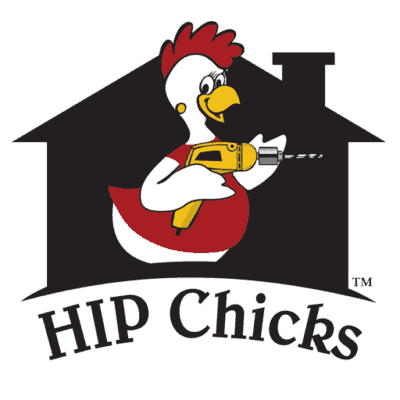Updated September 2024. Originally posted August 2012.
With the wild weather we have been experiencing, your home may have suffered some summer storm damage. Maybe trees have fallen, maybe wind-driven rain has ruined your Auntie Rose’s antique settee placed lovingly by that open window, or perhaps hail has left dents in your siding.
The first step: Be prepared, of course!
Minimize storm damage to your property beforehand.
You can often avoid big headaches with proper prior planning!
- Close and lock windows when storms are predicted
- Secure any yard items that could become projectiles in heavy winds
- Have trees trimmed regularly to limit breakage or falls
- Encourage neighbors to tend to large trees to protect your yard from damage
- Secure grills to prevent them from blowing over and gas lines coming loose
- Secure glass top tables from threat of blowing over and shattering
- Be sure portable basketball nets are weighed down to prevent tipping
- Have a backup battery on sump pumps
- Invest in a generator if you have frequent power loss
- Make wear and tear repairs to siding and gutters as needed to limit weak spots
Create a “before” photo library of your home.
Initially and then once yearly, take photos of your home’s interior and exterior highlighting the home improvements you have made. Go room by room and focus on features like upgraded molding, carpentry, tiling, flooring, built-ins, faux finishes, room renovation additions.etc. This library gives you and your insurance company a visual record of your home so you can have it restored to its pre-storm state.
Here’s what to do after the storm passes.
While you may be inclined to begin a DIY cleanup of the damage, consider the following points before you do anything to tackle the mess.
Assess any safety issues.
Be mindful of unsafe electrical conditions, especially near standing water, as well as broken glass or slippery surfaces. Use caution with ladders if you need one to access damage. Keep kids and pets away from the damaged areas. Your family’s safety is more important than property loss or damage.
Take pictures of the damage from various angles to record what it looked like before you begin cleanup.
If damage is significant or you are just not sure if the damage is worthy of a homeowner’s insurance claim, call your agent. Ask if the damage falls under covered items on your policy. If in doubt, they will send an agent out to investigate.
If you believe that the damage should be covered by insurance and you disagree with your insurance agent, consider hiring a public adjuster. He can interpret the details of your policy and act as a mediator on your behalf. In Philadelphia area, call Alliance Adjustment Group. They are a reputable firm that I personally have used with great results.
If you are calling a professional to repair, service or clean up the damage, always get at least two estimates and get them in writing.
Don’t appear too desperate for the repair. Of course you want it done quickly but desperation costs more! If you are making an insurance claim, you will often be given the name of an approved provider. Ask if you are allowed to choose your own if you have a preference.
Be patient. Proper repair and restoration can take time. It is better to find the right service provider and gather the right materials for long-term satisfaction.
